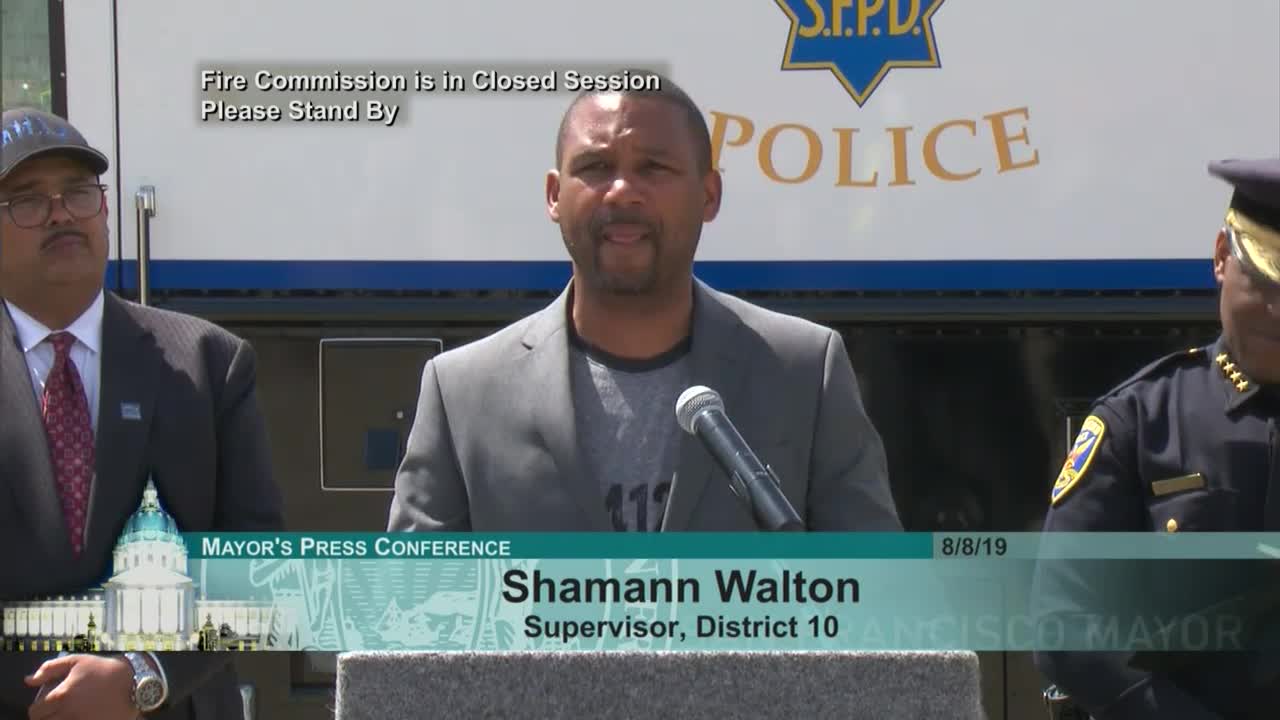San Francisco breaks ground on new state-of-the-art medical examiner facility
July 04, 2025 | San Francisco City, San Francisco County, California
This article was created by AI summarizing key points discussed. AI makes mistakes, so for full details and context, please refer to the video of the full meeting. Please report any errors so we can fix them. Report an error »

San Francisco is set to enhance its public safety infrastructure with the groundbreaking of a new evidence facility in District 10, a project that promises to modernize law enforcement operations and improve community safety. The facility, which is expected to be completed in 2021, will house the traffic company and forensics division, providing state-of-the-art resources for the police department.
During a recent government meeting, District 10 Supervisor Walton expressed excitement about the new facility, highlighting its importance as a "community gem." He acknowledged the support from voters and city officials, including Mayor London Breed, for their commitment to bringing advanced facilities to the district. Chief of Police Bill Scott also emphasized the significance of the project, noting that it will allow the department to better serve the city with modernized crime lab capabilities and enhanced emergency response readiness.
The new facility is designed to be seismically safe, ensuring that it can operate effectively in the event of a major earthquake. This is particularly crucial given the outdated conditions of the current medical examiner's office located at the Hall of Justice, which struggles with limited storage and outdated technology. The new medical examiner facility, located at 1 Newhall Street, will feature improved storage, bio-vestibules for enhanced safety during autopsies, and a more family-friendly visitor area.
In addition to the evidence facility, the meeting also celebrated the opening of a new train platform at the UCSF Chase Center, aimed at improving access to the arena and promoting sustainable transportation options. Interim Director of the San Francisco MTA, Tom McGuire, highlighted the platform's role in making the Chase Center the most transit-friendly venue in the NBA.
These developments reflect San Francisco's ongoing commitment to enhancing public safety and accessibility, with significant investments in infrastructure that will benefit both law enforcement and the community at large. As these projects progress, they are expected to foster greater collaboration between city officials, law enforcement, and residents, ultimately contributing to a safer and more connected city.
During a recent government meeting, District 10 Supervisor Walton expressed excitement about the new facility, highlighting its importance as a "community gem." He acknowledged the support from voters and city officials, including Mayor London Breed, for their commitment to bringing advanced facilities to the district. Chief of Police Bill Scott also emphasized the significance of the project, noting that it will allow the department to better serve the city with modernized crime lab capabilities and enhanced emergency response readiness.
The new facility is designed to be seismically safe, ensuring that it can operate effectively in the event of a major earthquake. This is particularly crucial given the outdated conditions of the current medical examiner's office located at the Hall of Justice, which struggles with limited storage and outdated technology. The new medical examiner facility, located at 1 Newhall Street, will feature improved storage, bio-vestibules for enhanced safety during autopsies, and a more family-friendly visitor area.
In addition to the evidence facility, the meeting also celebrated the opening of a new train platform at the UCSF Chase Center, aimed at improving access to the arena and promoting sustainable transportation options. Interim Director of the San Francisco MTA, Tom McGuire, highlighted the platform's role in making the Chase Center the most transit-friendly venue in the NBA.
These developments reflect San Francisco's ongoing commitment to enhancing public safety and accessibility, with significant investments in infrastructure that will benefit both law enforcement and the community at large. As these projects progress, they are expected to foster greater collaboration between city officials, law enforcement, and residents, ultimately contributing to a safer and more connected city.
View full meeting
This article is based on a recent meeting—watch the full video and explore the complete transcript for deeper insights into the discussion.
View full meeting
